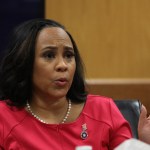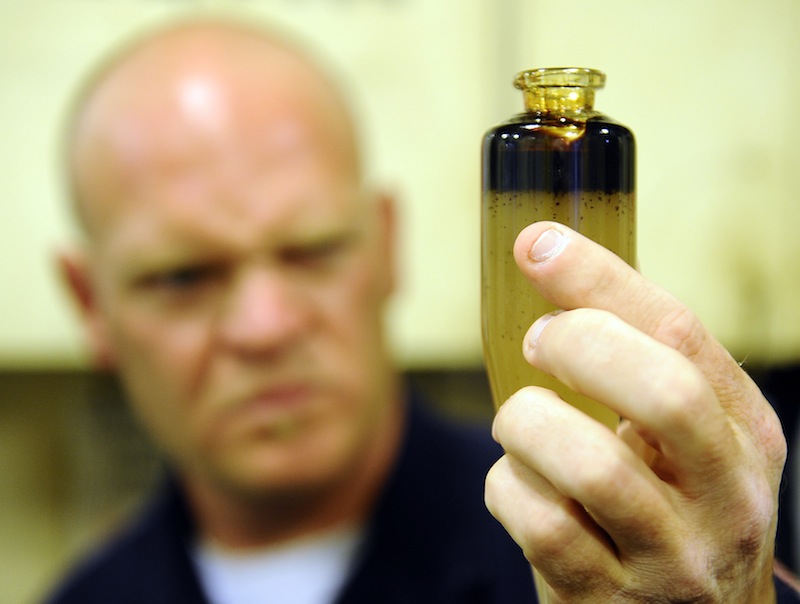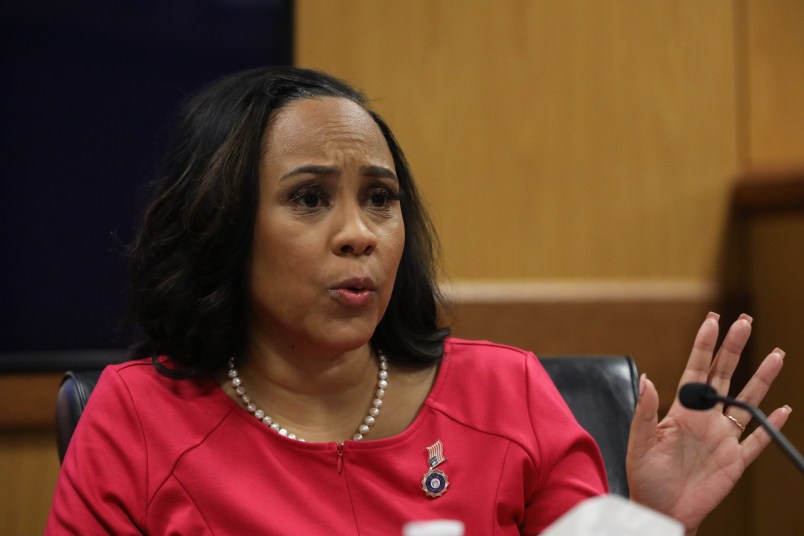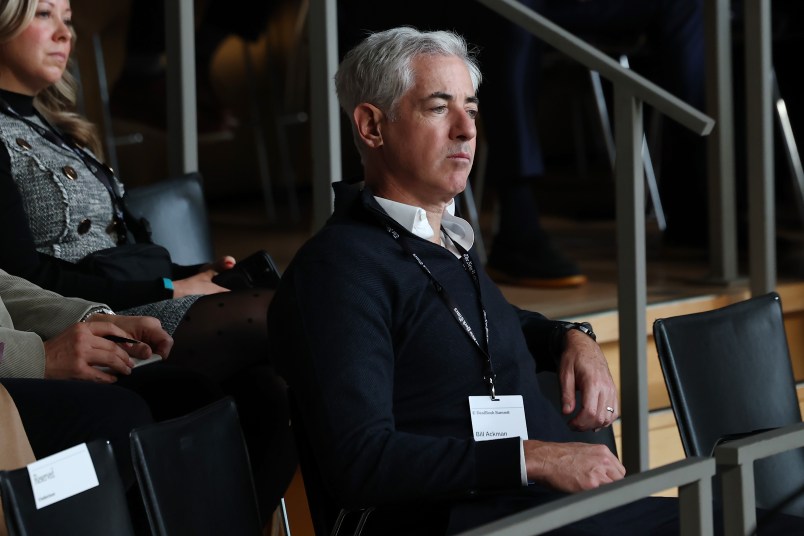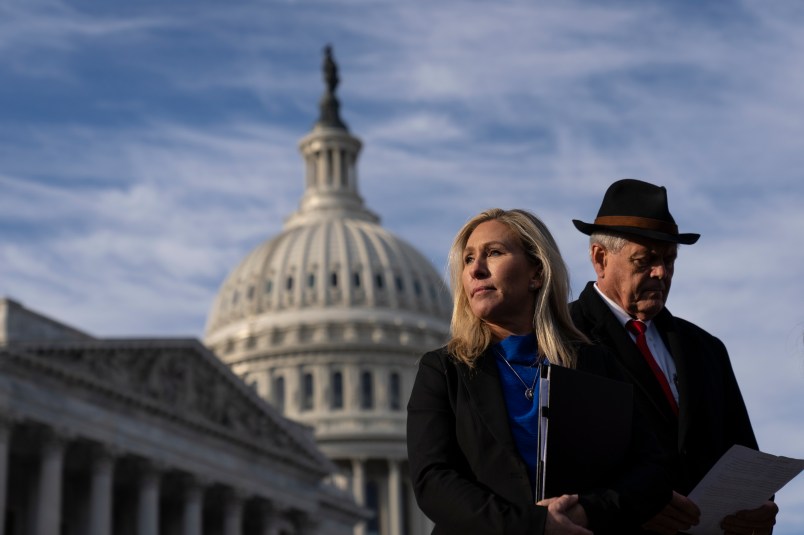LOS ANGELES (AP) — California regulators on Thursday were set to take up offshore fracking after revelations that the practice had quietly occurred off the coast since the late 1990s.
The California Coastal Commission added the issue at the last minute to its agenda during its monthly meeting. A recent report by The Associated Press documented at least a dozen instances of hydraulic fracturing in the Santa Barbara Channel, site of a disastrous 1969 oil spill that spurred the modern environmental movement. Federal regulators earlier this year approved a new project that has yet to begin.
The coastal panel, which is charged with protecting the shoreline and marine resources, had said it was not aware until recently that fracking had occurred.
Since the act of pumping sea water, sand and a cocktail of chemicals deep into rock formations to recover oil occurs more than three miles offshore, oversight falls to various federal agencies. But the state can step in if the work jeopardizes marine mammals or water quality.
After the extent of ocean fracking became known, the coastal commission said it planned to ask oil companies proposing new offshore drilling jobs if they will be fracking.
Thursday’s hearing comes after a band of state lawmakers last week called on the federal government to investigate. Offshore fracking has received little attention compared with fracking on land where there have been efforts in various states to ban or limit it.
The federal agency that oversees offshore drilling, the Bureau of Safety and Environmental Enforcement or BSEE, initially counted only two fracks off California in the past two decades, according to internal emails obtained by the AP through the Freedom of Information Act. It later revised the figure to 12, but said it cannot be certain just how often fracking has been allowed.
In March, the agency approved an application by privately-held DCOR LLC to perform three “mini-fracks” from a platform 10 miles off the coast. Since the 1969 disaster, new oil leases have been banned, but companies can still drill and do other oil exploration from 23 grandfathered-in platforms.
BSEE’s Pacific regional director, Jaron Ming, told employees in an email earlier this year about the increased interest to offshore fracking within the agency and from the public.
“For that reason, I am asking you to pay close attention to any (drilling applications) that we receive and let me know if you believe any of them would be considered a ‘frac job.'”
The largest offshore frack occurred in 2010 when Venoco Inc. targeted the Monterey Shale, a 1,750-square-mile area extending from the agricultural Central Valley to the Pacific Ocean that federal energy officials say could ultimately comprise two-thirds of the nation’s shale oil reserves. The effort only mildly increased production.
Copyright 2013 The Associated Press.


